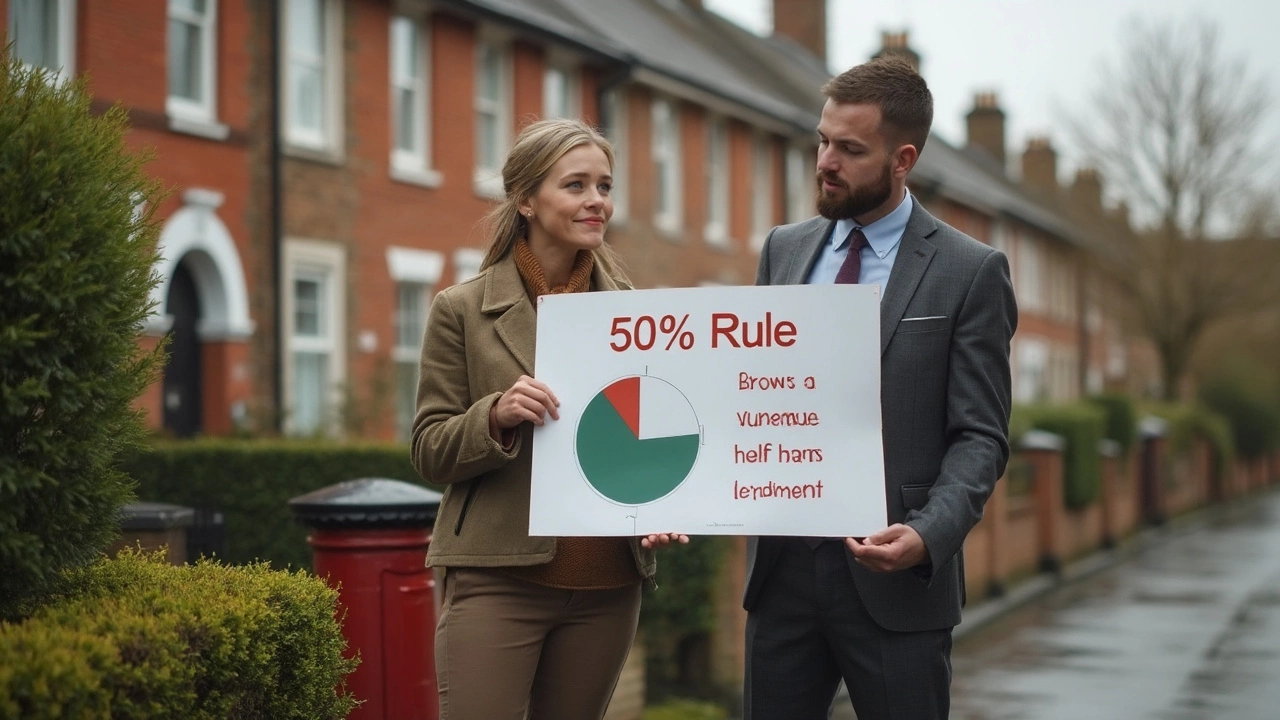Buy-to-Let Basics: What Every New Landlord Needs to Know
Thinking about turning a property into a steady income stream? You’re not alone – more people are buying homes to rent them out. The idea sounds simple: buy low, rent high, pocket the difference. But the reality needs a clear plan, the right numbers and a bit of local know‑how. Below you’ll get the essential steps to get started without costly mistakes.
How to Spot a Good Buy-to-Let Deal
First, look at the purchase price versus the rent you could charge. A classic rule of thumb is the 2% rule: the monthly rent should be about 2% of the property’s price. If you buy for £150,000, aim for at least £3,000 a month in rent. It’s not a hard law, but it quickly tells you if the numbers even make sense.
Next, check the local market. Areas with good transport links, universities or growing job sectors usually have higher demand. Use tools like Rightmove or Zoopla to see how quickly similar homes rent out and at what price. Talk to local letting agents – their insight can reveal hidden gems or warn you about upcoming oversupply.
Don’t forget the condition of the property. A well‑maintained house may cost more upfront, but it saves you time and repair costs later. If you find a fixer‑upper at a bargain, crunch the renovation budget carefully. Unexpected expenses can turn a promising deal into a money pit.
Financing and Managing Your Rental
Most first‑time landlords use a mortgage designed for buy‑to‑let. These loans usually require a larger deposit – often 25% – and a higher interest rate than residential mortgages. However, the rent you collect should cover the mortgage, insurance, maintenance and still leave you a profit. Use an online calculator to model different scenarios before you apply.
Consider government schemes like the Help to Buy equity loan or local down‑payment assistance programs. They can lower your initial outlay, but read the fine print – some schemes have restrictions on renting the property.
Once you own the house, good management is key. Decide whether you’ll handle tenant queries, repairs and rent collection yourself or hire a letting agency. Agencies charge around 10‑15% of the monthly rent, but they take the hassle off your plate and often find reliable tenants faster.
Screen tenants carefully. A simple credit check, reference from a previous landlord and proof of income go a long way in avoiding missed payments. Make a solid tenancy agreement that outlines rent, notice periods and who’s responsible for repairs.
Lastly, keep an eye on your cash flow. Set aside 5‑10% of the rent for maintenance, void periods and unexpected costs. Treat your buy‑to‑let like a small business – track income, expenses and tax deductions to maximise profit.
Buying a rental property can be a solid step toward financial freedom, but it works best when you base decisions on clear numbers and realistic expectations. Use the 2% rule as a quick filter, dig into local market data, and plan your financing with an eye on cash flow. With the right approach, your first buy‑to‑let could be the start of a profitable property portfolio.

2% Rule for Investment Property: What It Is and How It Works
The 2% rule is a quick way for property investors to measure a buy to let deal’s potential. This article breaks down exactly how the 2% rule works, why it’s popular, and where it falls short. Expect practical examples, smart tips, and a reality check on using this rule in 2025’s market. You’ll walk away knowing when the 2% benchmark makes sense—and when to dig deeper before investing. Whether you’re new to buy to let or want to sharpen your strategy, this guide gets straight to the point.

50% Rule in Rental Property: How It Works and Why It Matters
The 50% rule is a quick math trick to estimate if a rental property is worth the investment. It says around half the rental income will probably get eaten up by expenses before you can even think about your mortgage. This article explains exactly what the 50% rule is, where it comes from, and how it stacks up in real life. Learn how to use it (or not) for your property decisions, with straight-shooting advice and real-life tips. Avoid common traps and make smarter choices by understanding this simple yet powerful rule.

How Much Profit Should You Make on a Rental Property?
People often ask what a good profit actually looks like when it comes to rental properties. This article breaks down how much you should realistically aim to make, not just in percentages but in real cash. We'll look at rental yields, the expenses most people forget, and smart tips to boost your bottom line. You'll know how to crunch the numbers and spot red flags before buying. No sugar-coating—just real, helpful advice for buy to let investors.

Understanding Buy to Let Rent: A Guide for New Investors
Buy to let involves purchasing a property solely for renting purposes. It's a popular choice among investors seeking steady income. This article explores how buy to let rent works, the importance of location, calculating potential returns, understanding mortgage options, and legal responsibilities as a landlord. Offering practical advice, it aims to aid beginners in their investment journey.

Understanding the 4 3 2 1 Rule in Real Estate Investing
The 4 3 2 1 rule in real estate is a strategic framework designed for buy-to-let investors to maximize their portfolio's potential while minimizing risk. It involves acquiring properties in a specific order to effectively manage risk and diversification. By following this rule, investors can build a strong portfolio progressively, starting with smaller, less risky investments and gradually moving to larger properties. Understanding and applying this rule can help both new and seasoned investors make informed decisions in their property investment journey.